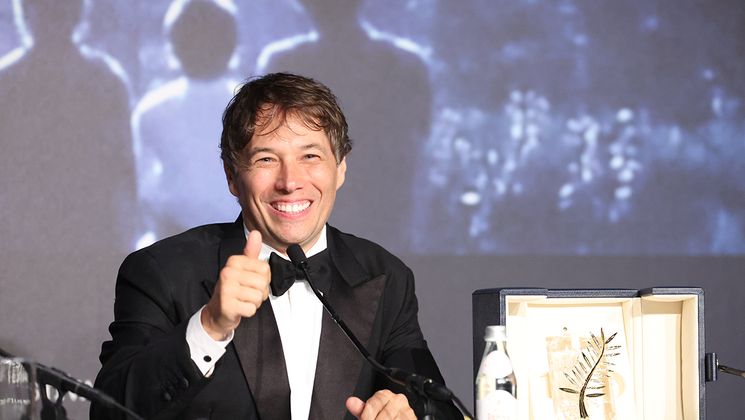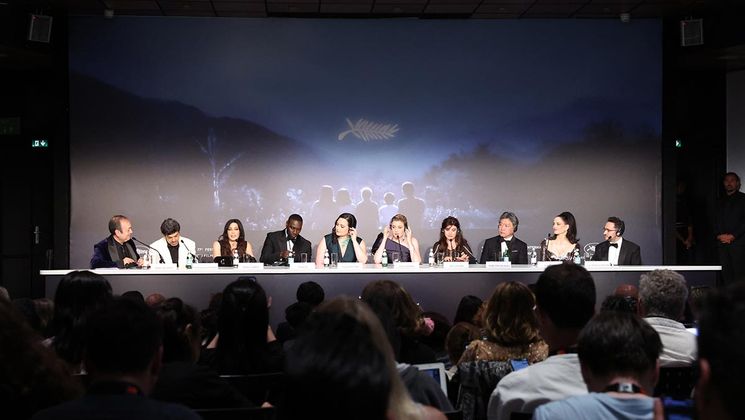
The Umbrellas of Cherbourg turn 60

A memorable Palme d’or winner in 1964 and a classic for all generations, Les Parapluies de Cherbourg (The Umbrellas of Cherbourg) by Jacques Demy is celebrating its 60th anniversary! To mark the occasion, Cannes Classics is paying tribute to the film for the second time, with a brand new version restored under the watchful eyes of Mathieu Demy and Rosalie Varda-Demy.
When Jacques Demy received the ultimate recognition at the 17th edition of the Festival de Cannes, the world was introduced to a filmmaker who would go on to become one of the most popular directors in France and around the world. His fresh, vibrant film is an explosion of colour, but was also an unprecedented gamble. Its dialogue, entirely sung, was set to music by a certain Michel Legrand. But the risk paid off. The great strength of this three-act opera, aside from its new and exciting take on the grand Hollywood spectacle, lies in the fact that it is rooted in the realities of the time, whether it be the Algerian War, or the protagonist’s experience of womanhood.
And it was the role of this protagonist that launched the career of Catherine Deneuve, who was virtually unknown at the time and who would remain the fiilmmaker’s muse, starring in unforgettable films such as Les Demoiselles de Rochefort (The Young Girls of Rochefort) and Peau d’Âne (Donkey Skin).
“In my opinion, music enhances emotion, in happiness as well as tougher times.”
Following Italian Palme d’or winners such as La Dolce Vita (1960) and Le Guépard (1963), Les Parapluies de Cherbourg marked a pivotal moment in the history of the Festival, which would go on to honour films such as Un homme et une femme (A Man and a Woman) in 1966, and Blow-Up (1967), heralding the arrival of the New Wave movement to come…
A presentation by Ciné-Tamaris. 4K restoration by the Eclair Classics and L.E. Diapason laboratories in Paris, under the supervision of Mathieu Demy and Rosalie Varda-Demy using the original negative scanned in immersion. Sound restoration based on a three-track stereophonic mix of music and vocals.


